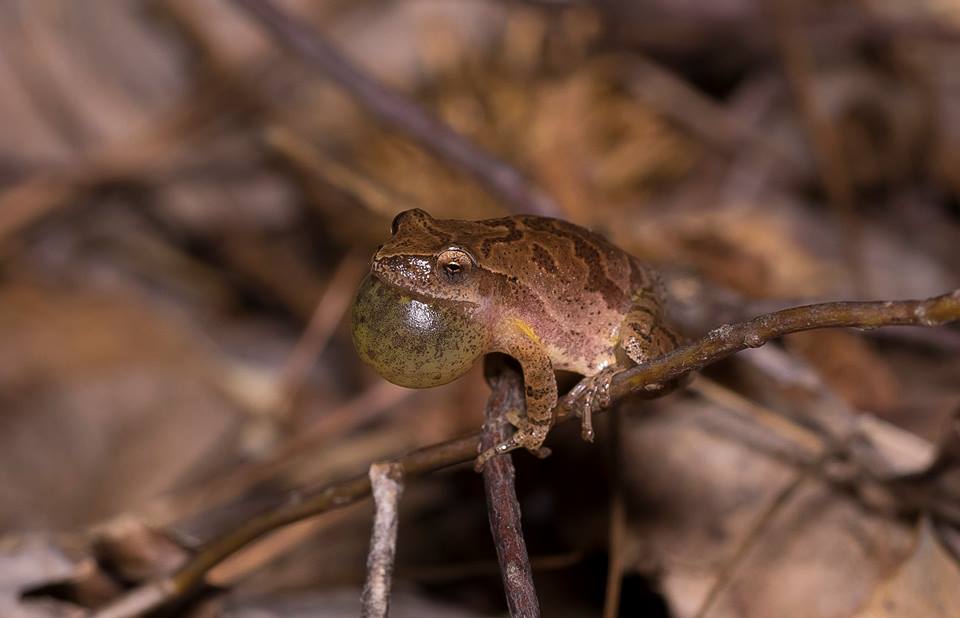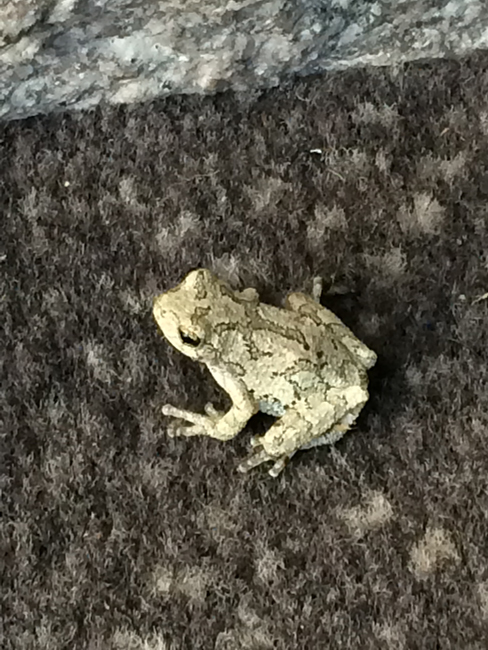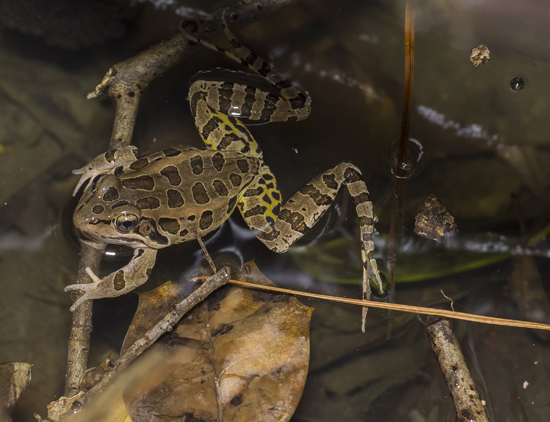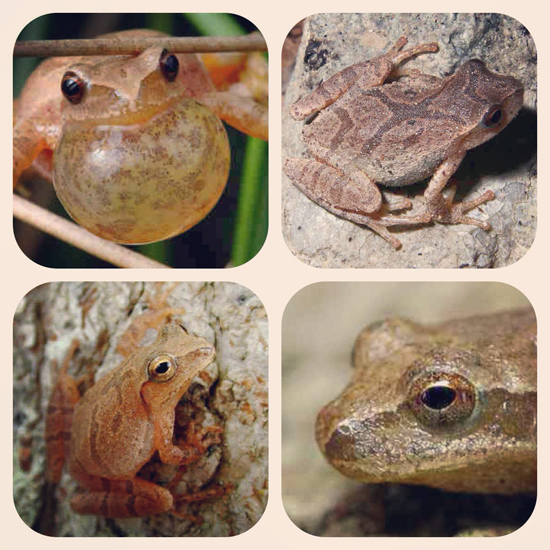Guest post by Wes Deyton
How Frogs See
Frogs, due to the positioning and design of their eyes have nearly a 360 degree view. This makes up for the fact that they are not able to turn their head and look behind them like other animals can. Frogs, with their nearly 360 degree of field of view, make it difficult for predators to sneak up on them. Frogs also are unable to move their eyes within their eye sockets like humans and other animals can. This causes a Frog to have to turn his head to line up with it’s prey.

Frogs cannot see while they are attacking prey, so they must have their prey lined up when they go in for the strike. They are unable see their prey while they are making a strike, because when their sticky tongue comes out to snatch up an insect, their eyes retract into the top of their head.
Frogs are near-sighted and they do not see very well at a distance. Their eyes are extremely sensitive to movement, so if a frog’s prey does not move, they will not detect it. They also have excellent night vision, due to a mirror like layer in the back of their eye called a Tapetum. The Tapetum helps frogs reflect and collect ambient light between the back of the eye and the frog’s cornea. Frogs also use their eyes in a rather interesting way. They are unable to swallow like humans and other animals, so they actually push their eyes down into their head to push their food into their stomach.
Frogs eyes come in all different colors, from copper to bronze, gold to silver, and orange to red, like the Red-Eyed Tree Frog. They have three different eye lids. The third eye lid is the most interesting which is a clear membrane, and is called a Nictitating membrane, and this eye lid helps the frog to see underwater as well as to hide from predators.
How Frogs Hear
If you have ever been outside on a warm night you know just how loud Frogs and Toads can be. Male Frogs and Toads call to attract females. Below is a video of an American Toad calling to attract a mate.
You can see in the video, a Toad’s eardrum is the circular indention behind their eyes. You can also tell from the video, this toad calls quite loudly. Frogs and Toads are able to call at upwards of 90 decibels. They have quite sensitive hearing, so the question is, how do they not damage their eardrums or deafen themselves with their loud calls?
Scientists have discovered that Frogs hear with both their ear drums and their lungs and a pressure system builds inside the Frog that minimizes vibrations from internal noises made by the frog.
To further elaborate on this, I need to talk about how a frogs ear drum works. A frog’s ear drum is called a Tympanum and works in very much the same way that our human ear drums work. A frog’s ear drum, just like a humans ear drum, is a membrane that is stretched across a ring of cartilage like a snare drum that vibrates. There is rod that is connected to the ear drum, which vibrates by sounds that come at the frog. That sound is just pressure waves. The rod sloshes around in the inner ear fluid, which causes microscopic hairs to move, which send signals to the frog’s brain for interception. A frog’s ear lungs also vibrate when sound waves come toward it, although they are less sensitive than the frogs ear drum.
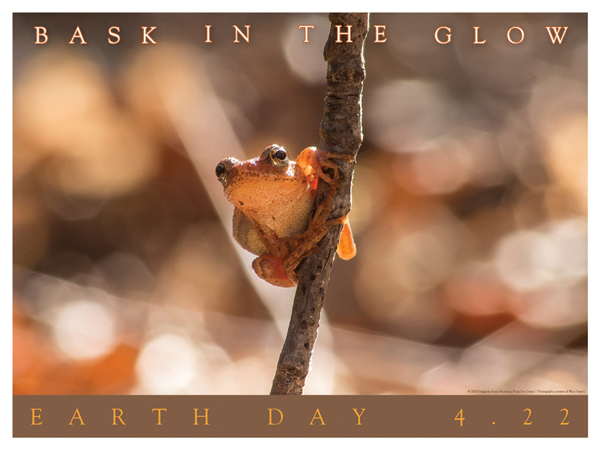
Some frogs, like the Spring Peeper, pictured, have a call that is so loud, they can be heard up to one mile away. These creatures are so noisy, it is a wonder that they do not hurt their ears and deafen themselves with their own calls. Frogs have a very clever method of making sure that their own loud calls do not hurt their own hearing.
In 1988, Scientist Peter Narins, who is a professor at UCLA of Physiological Science, found that frogs have an internal pressure system, a closed air loop, that keeps the frog’s own ear drum from vibrating excessively from its own call. Scientists have found that pressure builds between their lungs and ear drum, which then equalizes the pressure between the inner and outer surfaces of the frogs ear drum, which greatly cuts down on the vibrations that a frog experiences, from their internal calls. It is also believed that another purpose of the closed loop pressure system, is so Frogs can detect the direction a sound is coming from with its lungs, that way they can escape danger while calling. Being in the vicinity of a frogs calling can subject a human to sounds so loud, that are upwards of 90 dB, which can cause discomfort and hearing loss for humans.
Sources: April Holladay: Frogs Can Hear Without Ears. 4/26/2001. Wes Deyton’s blog at Last Mile Photography

